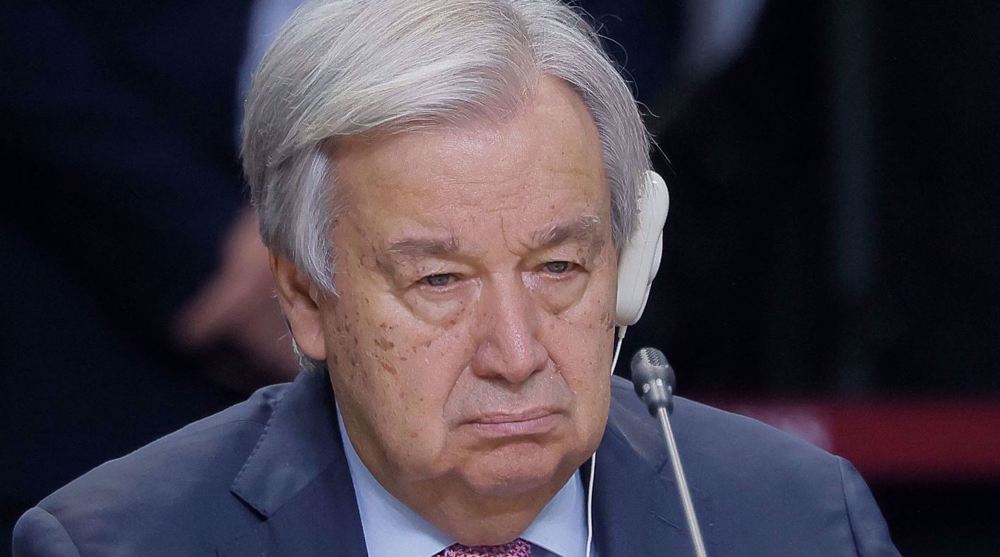Flood deaths hit 205 as Spain reels from worst modern day disaster
The death toll from unprecedented flash floods in Spain has risen amid a forecast of more rain, as the country reels from the worst disaster in modern history and the deadliest to hit Europe in five decades.
Rescuers raised the death toll to 205, which included 202 in the eastern province of Valencia, two in the Castille-La Mancha region south and east of the capital city Madrid, and one more in Andalusia in southern Spain.
Spanish Officials said the death toll is likely to rise as hopes of finding survivors fade and more dead bodies from the dozens missing are found.
“This is a disaster,” one of the disaster-stricken residents of hard-hit Paiporta said to media. “People can’t imagine what this is like, you see images on television but this is three times worse ... We can’t continue like this, we need help.”
The heavy rain and flash floods which started on Tuesday have resulted in tossed vehicles and collapsed bridges, covering towns with mud.
Over the past days, rescuer workers, police and firefighters accompanied by about 1,000 troops have rushed to find survivors and victims of the floods.
Spain’s Defense Minister Margarita Robles said on Friday that an additional 500 soldiers were being deployed to the affected areas to help the rescue workers. She said more troops could be sent if they were needed.
“Their missions include helping to dig out people who may be in basements or lower floors – unfortunately there are a lot of them – and helping to pump out water [from roads] to allow transportation so that food and water can reach certain populations.”
Scientists link the frequency and intensity of extreme weather patterns such as heavy rain, floods, and wildfires to climate change and global warming.
They say global warming is “irreversible” at this point, but the scale of climate change can be mitigated by means of a reduction in the flow of heat-trapping greenhouse gases into the atmosphere.
To accomplish this, world countries must cut greenhouse gases from main sources such as power plants, factories, cars, and farms. Better preservation of forests, oceans, and soil, which also absorb and store these gases, are among the solutions to mitigate climate change.
5 Israeli forces killed as Palestinian fighters face up to regime’s war machine
VIDEO | Israeli settler killed during strike against Tel Aviv; fresh aggression targets Yemen’s capital
VIDEO | Yemen’s missile strikes on Tel Aviv
Iran to open 6 GW of new power capacity by next summer
VIDEO | South Korean rallies set the stage for battle over Yoon's impeachment
Hamas, other Palestinian groups say Gaza ceasefire deal ‘closer than ever’
VIDEO | Press TV's news headlines
Iran condemns ‘violent’ attack on Christmas market in Germany











 This makes it easy to access the Press TV website
This makes it easy to access the Press TV website